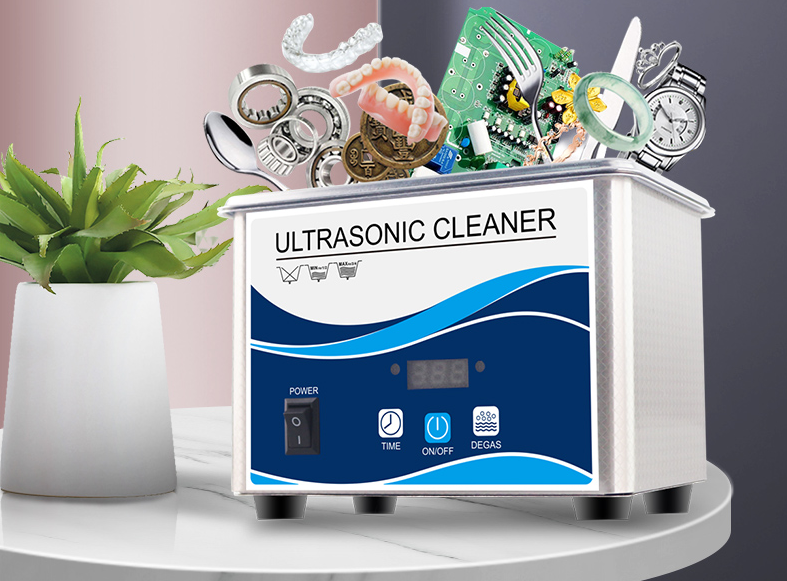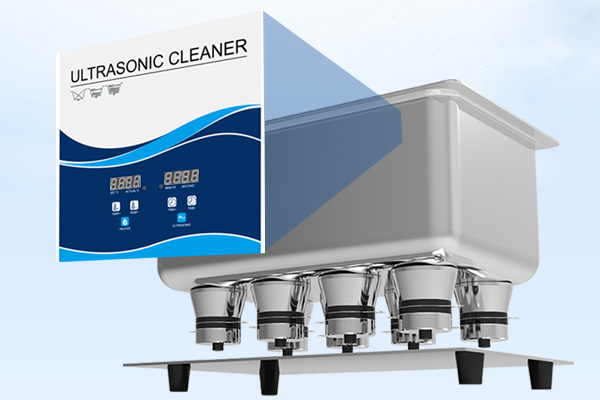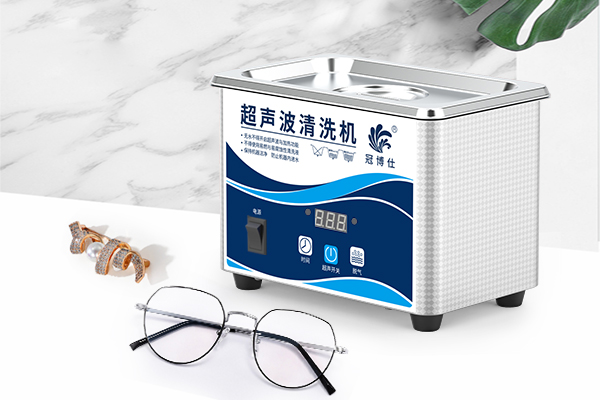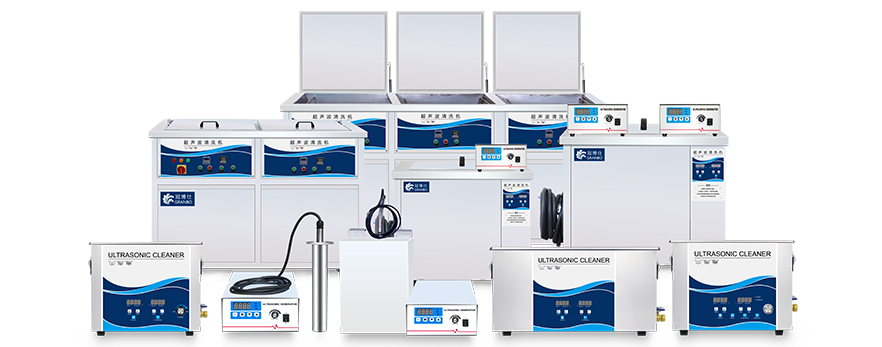For anyone who has ever cleaned jewelry, surgical tools, engine parts, or precision electronics, ultrasonic cleaners are like a modern marvel. You fill the tank, turn on the ultrasonic waves, and within minutes, the grime and microscopic debris melt away without a single scrub. It feels like the cleaning version of a time machine.
But then comes the million-dollar question—can I use alcohol in an ultrasonic cleaner? It sounds efficient, right? Alcohol cuts grease, evaporates quickly, and is known for being an excellent solvent. But when ultrasonic energy enters the picture, the answer becomes more nuanced than a simple yes or no.
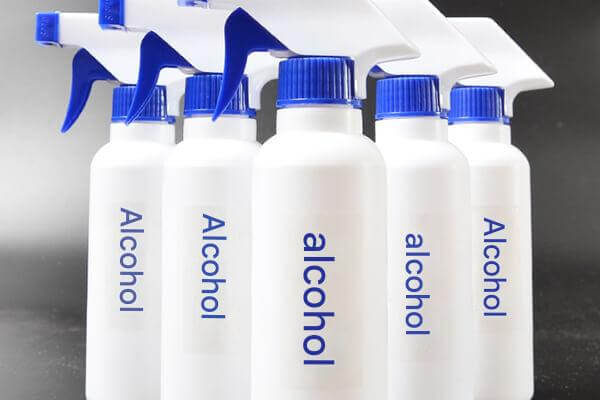
Let’s unravel this with care, science, and a few real-world examples.
The Temptation: Why Alcohol Seems Like the Perfect Ultrasonic Cleaner
Let’s not deny the appeal. Isopropyl alcohol (IPA) and ethanol both dissolve oils, inks, resins, and certain adhesives like magic. They leave behind no residue and dry fast—qualities you want in a cleaner. So it’s no wonder DIYers, electronics repair techs, and even some medical professionals have considered pouring alcohol into the tank.
From a chemical standpoint, alcohol is a polar solvent with excellent degreasing properties. In theory, it works perfectly alongside cavitation. When ultrasonic waves pass through liquid, they create microscopic vacuum bubbles. These collapse violently, releasing energy that scrubs surfaces at a microscopic level. Alcohol, being less viscous and more volatile than water, might even enhance that cavitation.
And yet, here’s the kicker: alcohol is highly flammable, and the game changes when energy, vibration, and heat enter the picture.

The Core Concern: Flammability, Vaporization, and Explosion Risks
Alcohol’s flash point is low—around 11.7°C (53°F) for ethanol and even lower for some IPA concentrations. In an ultrasonic cleaner, even without heating the tank directly, the energy from cavitation raises the liquid temperature over time. Combine this with enclosed vapors and electrical components nearby, and the risk escalates quickly.
Cavitation can also accelerate evaporation, filling the airspace above the liquid with alcohol vapor. And since vapor is even more flammable than liquid, this creates the perfect storm. A single spark—say, from an unshielded electrical component—could ignite an explosion.
According to the University of Wisconsin’s Department of Environment, Health & Safety, using flammable solvents in ultrasonic tanks is strictly prohibited unless specially designed for that purpose (see: ehs.wisc.edu). That means explosion-proof tanks, proper fume hoods, and vapor containment systems. The average tabletop ultrasonic cleaner from Amazon? Not even close.
So no, you shouldn’t use alcohol as the sole fluid in a standard ultrasonic tank—not at home, and not even in most commercial kitchens or workshops.
Safer Alternatives: Alcohol Adjuncts and Two-Tank Techniques
That doesn’t mean alcohol is off the table entirely. Professionals use workarounds that balance performance and safety.
1. Post-Cleaning Rinse
Use alcohol as a secondary rinse, not the main cleaning solvent. After ultrasonic cleaning with a safe water-based detergent, soak your parts briefly in alcohol to displace water and speed drying. This step happens outside the ultrasonic machine, eliminating the explosion risk.
2. Beaker-In-Tank Method
This technique involves suspending a glass beaker filled with alcohol inside the ultrasonic tank, which itself is filled with water. The ultrasonic waves pass through the water and vibrate the beaker indirectly. This localizes the alcohol, reducing the vapor spread, though some risk still exists. Beaker walls also absorb some energy, slightly lowering efficiency.
Only attempt this in well-ventilated areas, with small quantities of alcohol, and never near open flames or sparks.
3. Commercial Alcohol Blends
Some ultrasonic detergents contain a trace amount of alcohol as a solvency booster, balanced with surfactants and stabilizers. These are engineered for safe use and often diluted well below flash-point thresholds.
But What About Electronics Cleaning?
A common argument comes from the electronics repair world. YouTube is filled with people dunking circuit boards into alcohol-filled ultrasonic baths. They claim superior results in removing flux, adhesive, and dirt.
Here’s the reality: yes, alcohol can clean PCBs (Printed Circuit Boards) effectively. But this practice is best left to clean rooms, where explosion-proof ultrasonic tanks and local exhaust systems manage vapor risk. Doing this in a basement workshop? That’s playing with fire—literally.
Safer alternative: use deionized water with non-corrosive detergent designed for electronics, followed by a quick alcohol rinse outside the tank, then compressed air drying.
Environmental and Health Factors
Alcohol vapors aren’t just flammable—they’re harmful in confined spaces. Inhalation of isopropanol or ethanol vapors can cause dizziness, headaches, and long-term liver effects. In a poorly ventilated area, even a small spill can result in concentrations above safe occupational exposure limits.
Furthermore, disposing of alcohol contaminated with oils or metals after ultrasonic cleaning can violate local hazardous waste regulations.
So using alcohol safely in any cleaning context—ultrasonic or not—requires serious attention to disposal, air quality, and worker safety.
Can Alcohol Ever Be Used Safely?
Yes—but only under very specific circumstances:
- The ultrasonic cleaner is built for flammable solvents, with explosion-proof certifications.
- It is used inside a fume hood or with external ventilation.
- The total volume of alcohol is minimized and the exposure time kept short.
- The user follows strict personal protective protocols.
In most households, labs, or repair shops, those conditions are not met.
Better Choices for Ultrasonic Cleaning
If you’re after the cleaning power of alcohol, but need something safer, try these:
- CitraSolv: Citrus-based cleaner with excellent degreasing ability.
- Simple Green Crystal: Non-ionic, non-corrosive, safe for food and electronics.
- Elma Tec Clean A4: A professional-grade aqueous cleaner that mimics some alcohol benefits.
These are often used in professional settings and are designed to work efficiently with ultrasonic cavitation.
The Bottom Line
It’s understandable why people consider using alcohol in ultrasonic cleaners—it’s powerful, residue-free, and familiar. But in the real world, mixing a flammable solvent with heat, electrical energy, and vapor pressure is a recipe for disaster unless extreme precautions are in place.
For most users, whether at home or in a professional setting, there are safer, just-as-effective alternatives that won’t risk your property—or your safety.
Stick to water-based ultrasonic detergents, or use alcohol only as a final rinse. Respect the technology, and it will serve you well.

